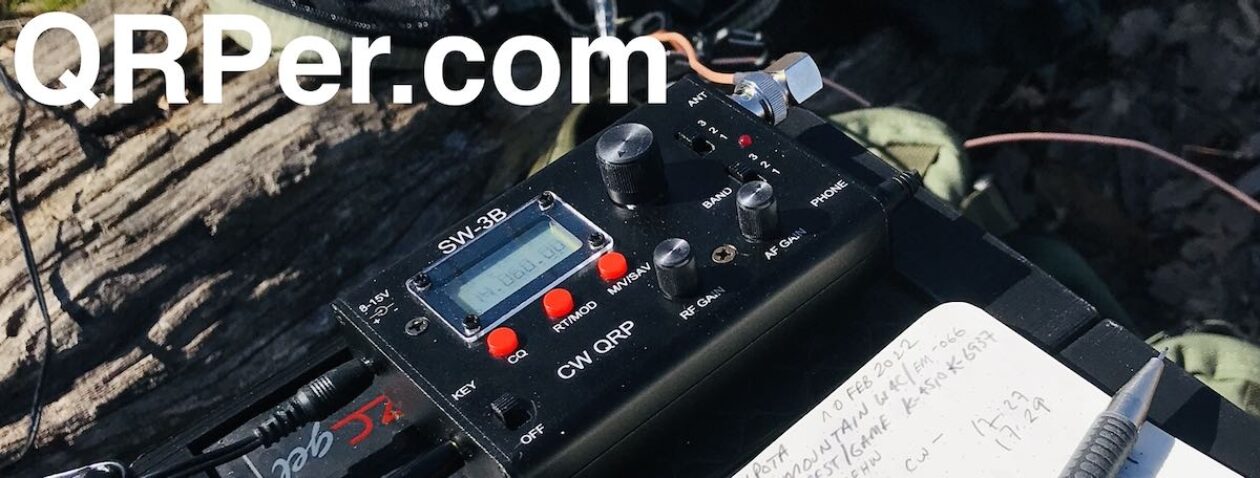Wednesday, December 18, 2024, was a full but wonderful day. My wife, daughters, Hazel the dog, and I spent it exploring Beaufort, Morehead City, and Atlantic Beach, North Carolina—coastal towns all within a ten-minute drive of one another.

We started the morning at the North Carolina Aquarium at Pine Knoll Shores. While my wife and one of my daughters enjoyed some shopping later, I managed a quick activation at Fort Macon State Park. (You can read that report and watch the activation video here.)
Afterward, we returned to our Airbnb vacation home around 2:00 p.m. for a late lunch. My daughters, still busy despite the holidays, were working on scholarship essays. With their fall term completed online due to Hurricane Helene’s damage in Asheville, they were determined to tackle deadlines before the new year.
While they worked, I felt the pull of POTA (Parks on the Air). However, I wasn’t in the mood for another car ride—especially not a 25-minute drive to the next site. Instead, I decided on a low-key radio session in the backyard, followed by some quiet time with a Sherlock Holmes mystery.
Before dinner, we planned to stroll through Beaufort’s historic district and waterfront. The constant low fog that day had transformed the scenery into something almost magical—perfect for an evening walk. (I’ve included some photos below for those interested!)
Portable POTA Hunting

I’d already discovered during the previous day’s hunting session that the Airbnb’s backyard had an impressively low noise floor for an urban area.
I suspect it was because many vacation homes in the neighborhood—including the one next door, which was vacant and on the market—were unoccupied during the off-season. Whatever the reason, it was a pleasant surprise for this QRPer.
KH1 Makes it Easy
My Elecraft KH1 has become my go-to radio for backyard sessions. Not only is it incredibly quick to deploy, but it’s also designed for handheld operation. No need to set up an antenna or find a place to sit—I can simply walk around, optimizing received signal strength and avoiding potential noise sources.
For this session, I grabbed the KH1, its whip antenna, and a 13-foot counterpoise. At the last minute, I also decided to bring my camera to record the experience. Though less action-packed than an activation, I thought it might still be worth sharing.
I kept things simple, using only the KH1’s internal speaker. While it’s not the best performer, I appreciate that Elecraft managed to include it—it’s a feature I wish my vintage KX1 had!
Gear

Note: All Amazon links are affiliate links that support QRPer.com at no cost to you.
Radio and Antenna System
- Elecraft KH1 Edgewood Package
- Included 4′ whip antenna and 13′ detachable counterpoise
- Zebra Mini Mechanical Pencil (preferred over the included Zebra pen)
- Pelican Micro M40 mine is the modified version from Tufteln
- Panasonic ErgoFit Wired Earbuds
Camera and Audio Gear
- DJI OSMO 4 action camera with Joby Telepod Sport Tripod
On The Air

POTA hunting is a completely different experience from activating—and I love it.
As an activator, you’re in the spotlight, managing pileups and logging contacts as fast as possible. As a hunter with a handheld 5-watt radio and a 4-foot whip antenna, the challenge is flipped: you have to make yourself heard amidst louder stations, all with the goal of practicing good operating etiquette. Continue reading Portable POTA Hunting in Beaufort: A Relaxing Back-Yard Session with the Elecraft KH1


















 Notably, Gov. Cooper is a fan of amateur radio, especially appreciating its vital role in past weather emergencies and particularly recent disaster operations after the tragic results of Hurricane Helene this fall in Western North Carolina.
Notably, Gov. Cooper is a fan of amateur radio, especially appreciating its vital role in past weather emergencies and particularly recent disaster operations after the tragic results of Hurricane Helene this fall in Western North Carolina.





























































